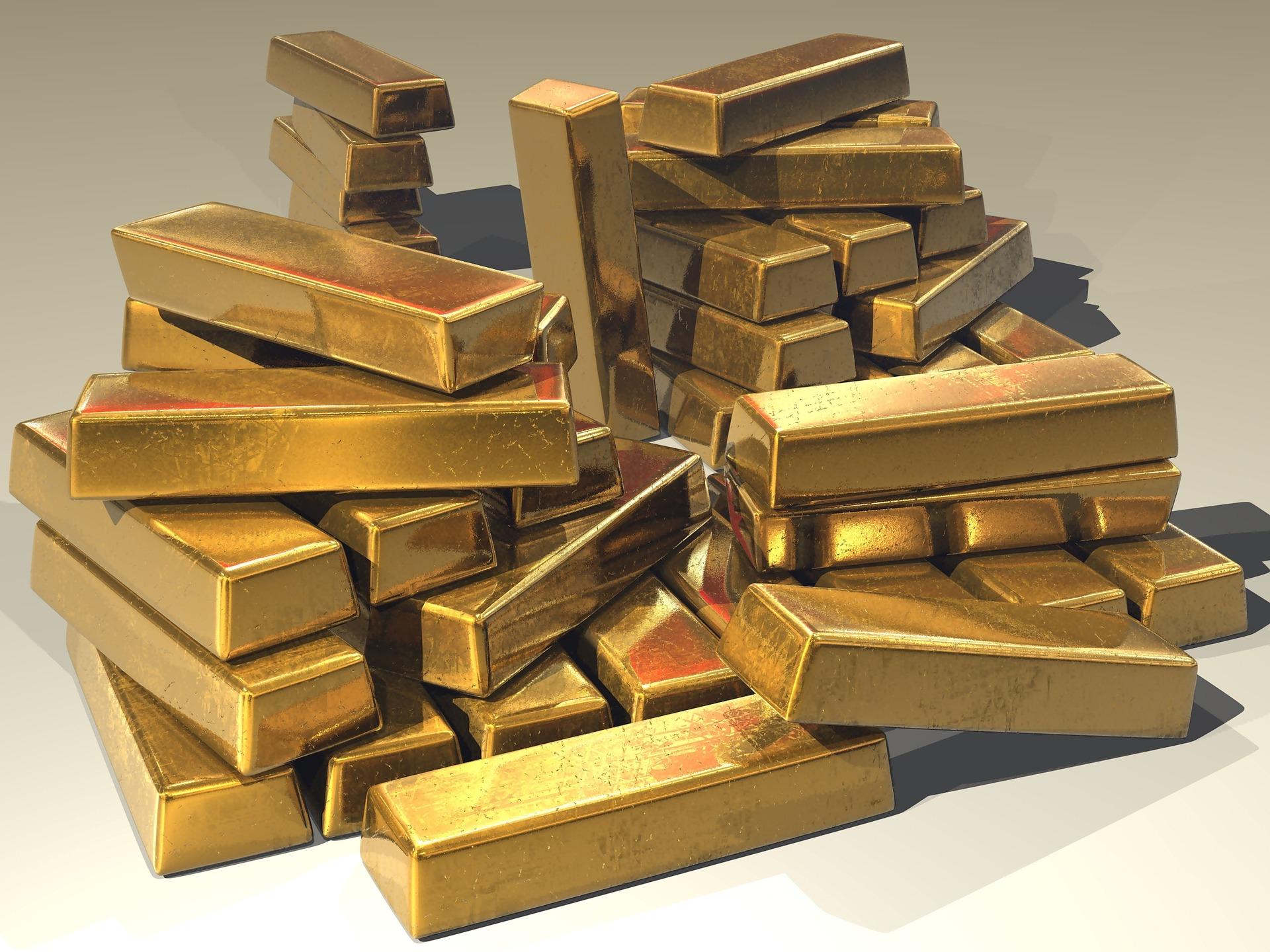
Gold has long been considered a safe-haven investment, especially in times of economic and geopolitical uncertainty. But is the golden era of gold nearing its end? A recent research report by Citi Group, a major global financial firm, suggests that the rally in gold prices may be in its final phase. This comes as a surprise, especially after the historic highs seen in early 2025.
In April 2025, gold touched a record high of $3,500 per ounce, with prices in India soaring past ₹1,00,000 per 10 grams. This rally was driven by a mix of global factors — the Israel-Iran conflict in the Middle East, concerns over the US fiscal deficit, a weakening dollar, fears of a global recession, and massive gold buying by central banks around the world.
However, Citi Group now warns that this momentum might be slowing. According to their report, gold prices could fall to $2,500–$2,700 per ounce by the second half of 2026 — a potential drop of 20% to 25% from current levels. The reason? A shift in global sentiment, weakening investment demand, and early signs of economic recovery across key markets.
The report further highlights that the US Federal Reserve may begin cutting interest rates soon. This could reduce the appeal of gold, as lower interest rates often shift investor interest away from non-yielding assets like gold. If Citi Group’s forecast holds true, gold prices in India could drop to around ₹80,000 per 10 grams — potentially a welcome relief for buyers, especially those planning weddings or long-term purchases.
A key driver behind this outlook is the changing global economic landscape. US President Donald Trump's policies, which earlier fueled trade tensions, may now shift toward more stability. Additionally, improvements in the US fiscal situation may further support economic growth. As economies recover, investors typically move toward riskier assets, leading to reduced demand for gold, the traditional safe haven.
Citi Group outlines three scenarios in their analysis:
Base Case: A 60% probability that gold prices may drop to around $3,000 per ounce.
Bull Case: If geopolitical tensions rise or trade wars escalate, prices could reach $3,600 per ounce.
Bear Case: If trade tensions ease and the global economy stabilizes, a sharp fall in gold prices is possible — with a 20% chance.
Another important aspect is the role of central banks. Over the past few years, they’ve bought gold in record quantities. In 2025 alone, over 1,000 tons of gold purchases are estimated. This shows that gold is still considered a strategic hedge. However, any slowdown in central bank buying could also put pressure on prices.
Gold prices are closely influenced by two key factors: the strength of the US dollar and interest rate movements. A strong dollar and no rate cuts by the Fed would accelerate the fall in gold prices. In India, gold is not just a financial investment but also holds emotional and cultural significance.
Experts believe that while gold may see volatility in the short term, a price correction could offer a long-term buying opportunity. Meanwhile, Citi Group's report also highlights strong growth potential in industrial metals like aluminum and copper, which stand to benefit directly from global economic recovery.
In conclusion, while gold has historically been a symbol of safety and wealth, the market mood appears to be shifting. Citi Group’s forecast signals that the era of consistent gold rallies may be nearing its end, with prices likely to cool down in the coming quarters. For investors and buyers alike, this could be the right time to reassess their gold strategy — not with fear, but with caution and planning.
Disclaimer:
The information provided in this blog is intended for general informational purposes only and should not be considered as financial or investment advice. Market conditions are subject to change based on economic, geopolitical, and policy factors. Readers are advised to conduct their own research or consult with a certified financial advisor before making any investment decisions. The views expressed are based on publicly available reports and do not reflect any personal financial recommendations.




